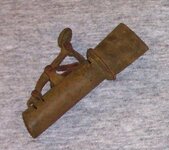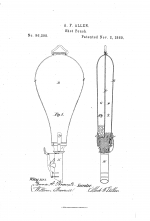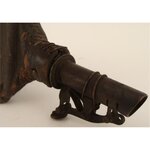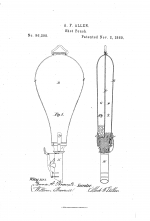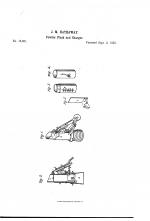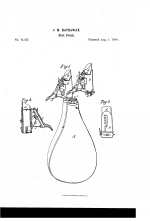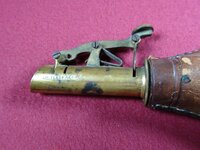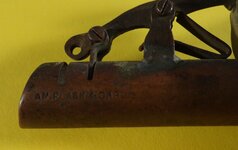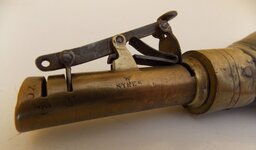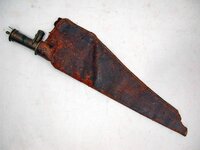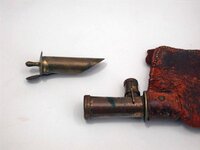FoundInNC
Sr. Member
Hey folks, I found this "thing" tonight alongside where I have found colonial relics as well as pre Civil War relics, nothing much later, or earlier. It looks like it has a specialized purpose, and I am sharing so that you guys can possibly help me figure out just what it is. I found it in the very far end of a field, about 300 yards from where the cabin would have stood. I can't wait for the ID on this one, it has me scratching my head. My guess is some sort of powder flask button. I will be researching too until we have a positive ID. Thanks guys!
FoundinNC



FoundinNC



Last edited:


